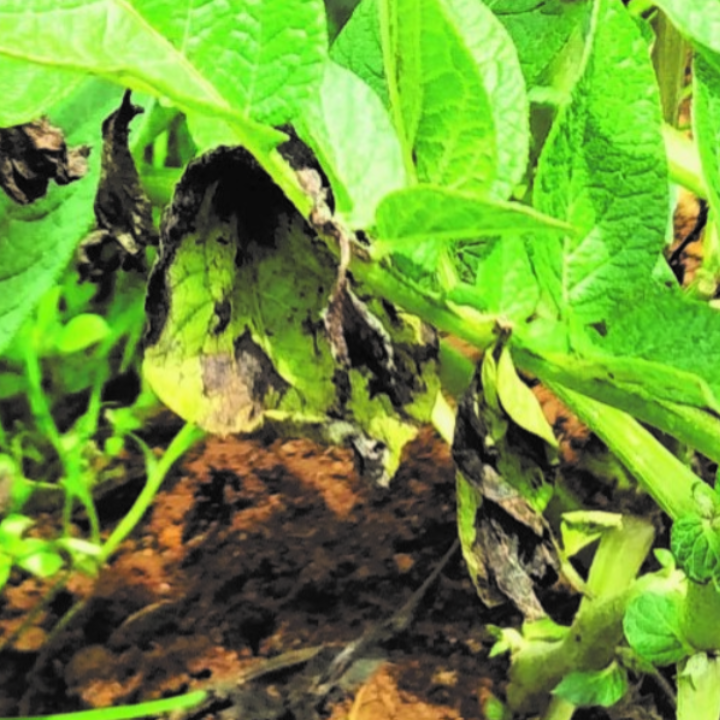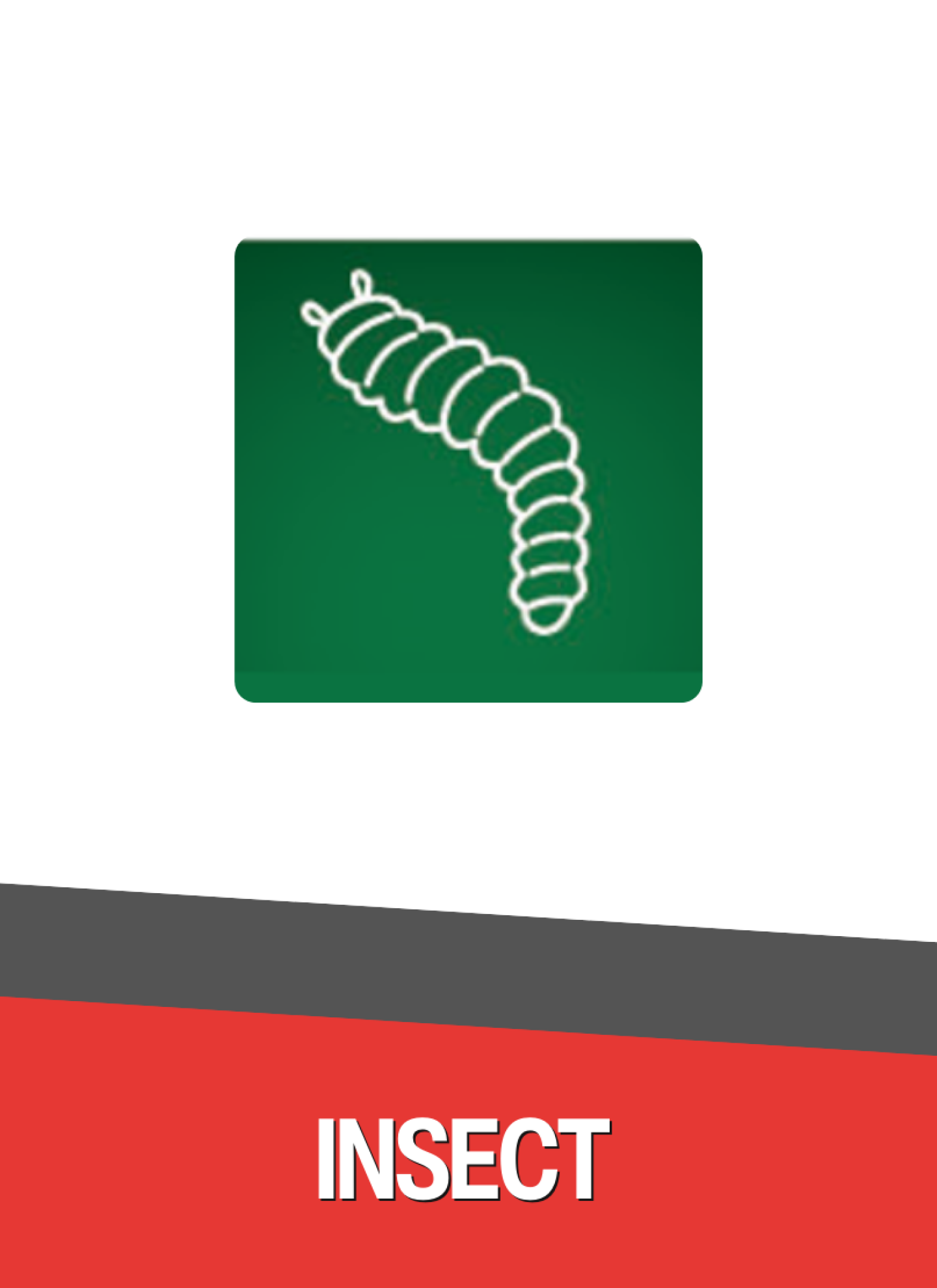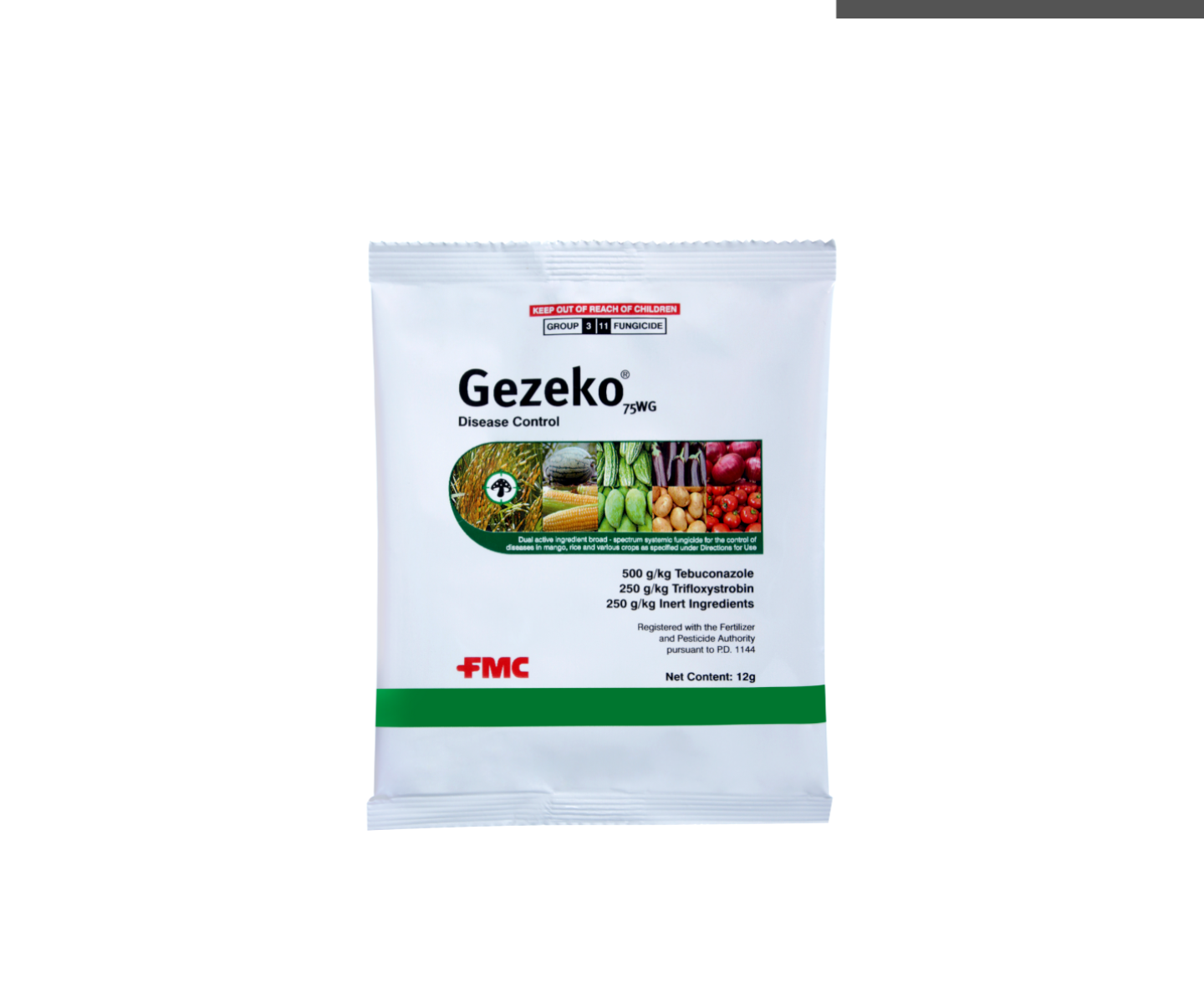Early Blight

Early blight is the most common disease of tomato, potato and other Solanaceae crops, it is caused by Alternaria solani, which live on soil and plant debris. It may occur on plants of any age, but they still become evident after plants begin to set fruit and become severe on plants with poor vigor.
What are the symptoms
The disease is characterized by dark, concentric brown to black spots that are usually found on lower leaves and stems. The spots enlarge into a series of concentric rings surrounded by a yellow area. Lesions on stems are oval or elongated, brown and sunken.
Fruit spots rot at the stem and radiate from the attachment area between the flower and the fruit
The color of spots is usually brown to black, sunken and has a distinct concentric ring.
Impact to the crop
Early disease can cause the lower leaves to be completely deleaved and even lead to the death of infected plants.
How to control
√ Use of disease-free seeds, crop rotation, proper drainage and planting distance, use of preventive fungicides.
√ Avoid overhead irrigation and allow for sufficient aeration between plants to allow the foliage to dry as quickly as possible.
√ Practice 2-3 years crop rotation
Source: Dela Cueva, FM, CB Pascual, CM Bajet and TU Dalisay. 2015. Pests and diseases of economically important crops in the Philippines.Pest Management Council of the Philippines, Inc. c/o Crop Protection Cluster, University of the Philippines Los Banos, College, Laguna
Source: Bauske M. and Robinsons A., 2018. North Dakota State University. " Early Blight in Potato". Retrieved from: https://www.ag.ndsu.edu/publications/crops/early-blight-in-potato#:~:text=Early%20blight%20of%20potato%20is,and%20marketability%20of%20the%20crop.

